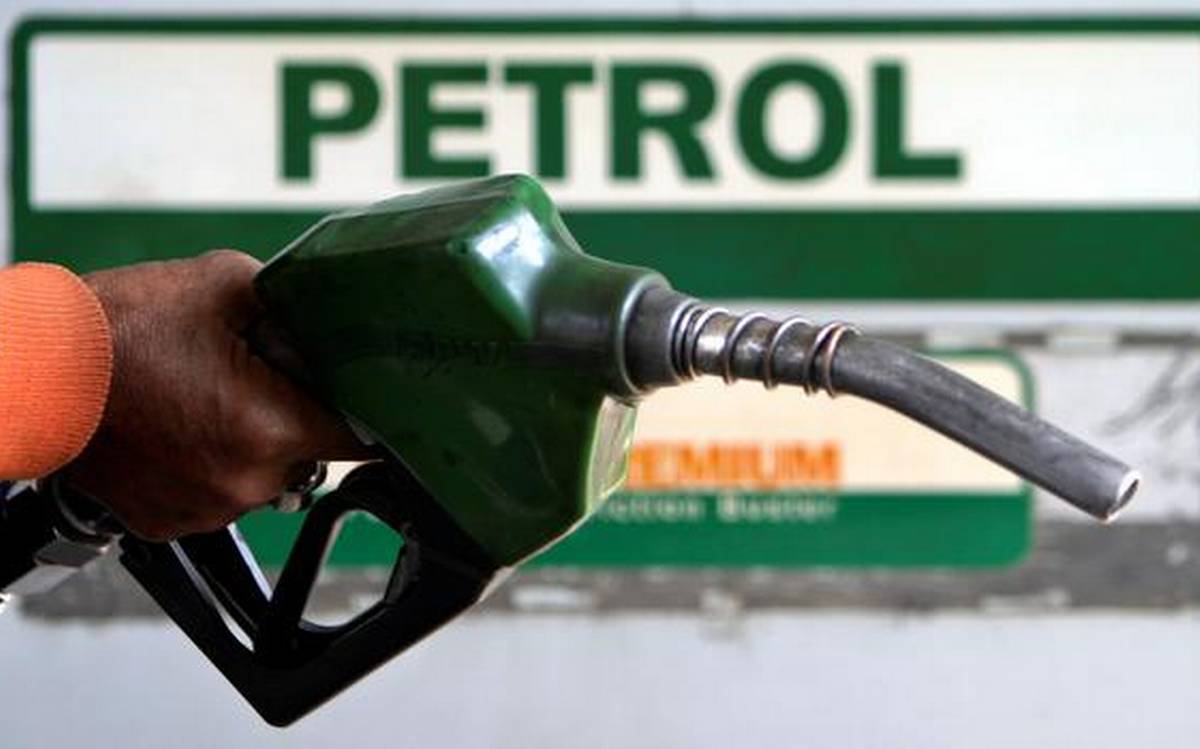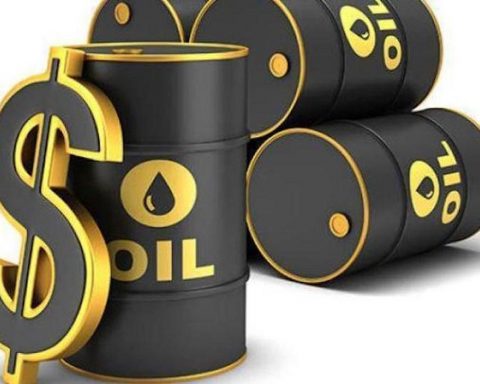Importation of Premium Motor Spirit (PMS) also known as petrol in Nigeria dropped by 13.77 per cent from 23.54 billion litres in 2022 to 20.30 billion litres in 2023. This means PMS importation decreased by 3.5 billion litres last year.
This was revealed in the Petroleum Products Distribution Statistics for 2023 released by the National Bureau of Statistics (NBS) on Tuesday.
Join our WhatsApp ChannelAccording to the report, petrol import peaked in March 2023 at 2.29 billion litres and had the lowest of 1.09 billion litres in August.
The data showed that PMS truck out decreased by 16.96 per cent to 20.22 billion litres in 2023 when compared to 24.35 billion litres recorded in 2022.
READ ALSO: Petrol Price Delay Sparks Concern Among Marketers As Import Costs Rise
The decrease in PMS import in 2023 can be attributed to the devaluation of the naira which led to an increase in foreign exchange rate, making it difficult for many importers to import the product. Many marketers had lamented about their inability to import petrol due to scarcity of forex and high exchange rate, even when the government announced that the downstream petroleum sector has been deregulated after subsidy on petrol was removed last year. The Nigeria National Petroleum Company Limited (NNPCL) had been the sole importer of petrol.
Diesel Import Rose by 23.66% in 2023
The NBS data showed that Automotive Gas Oil (AGO) also known as diesel imported into Nigeria rose by 23.66 per cent from 4.00 billion litres in 2022 to 4.94 billion litres in 2023. The highest monthly import was reported in March at 561 million litres while the least was in August at 151 million litres.
READ ALSO: Petrol Prices Influenced By Forex, Market Forces – NNPCL
Locally produced diesel increased to 109.39 million litres in 2023, from 102.47 million litres recorded in 2022. This represents a 6.76 per cent growth rate. The monthly local production data showed that it peaked in August at 12.01 billion litres (at the same time importation dropped to the lowest) and a low of 3.83 billion litres in May.
Local Production of Kerosene increased by 56.02%
The NBS data also revealed that local production of Household Kerosene (HHK) increased by 56.02 per cent between 2022 and 2023. “About 69.71 million litres of Household Kerosene (HHK) were locally produced in 2023 compared to 44.68 million litres in 2022, indicating a growth rate of 56.02 per cent over the period,” the NBS report stated.
Local production of kerosene peaked in September at 8.29 billion litres.
Victor Ezeja is a passionate journalist with seven years of experience writing on economy, politics and energy. He holds a Master's degree in Mass Communication.


















Follow Us